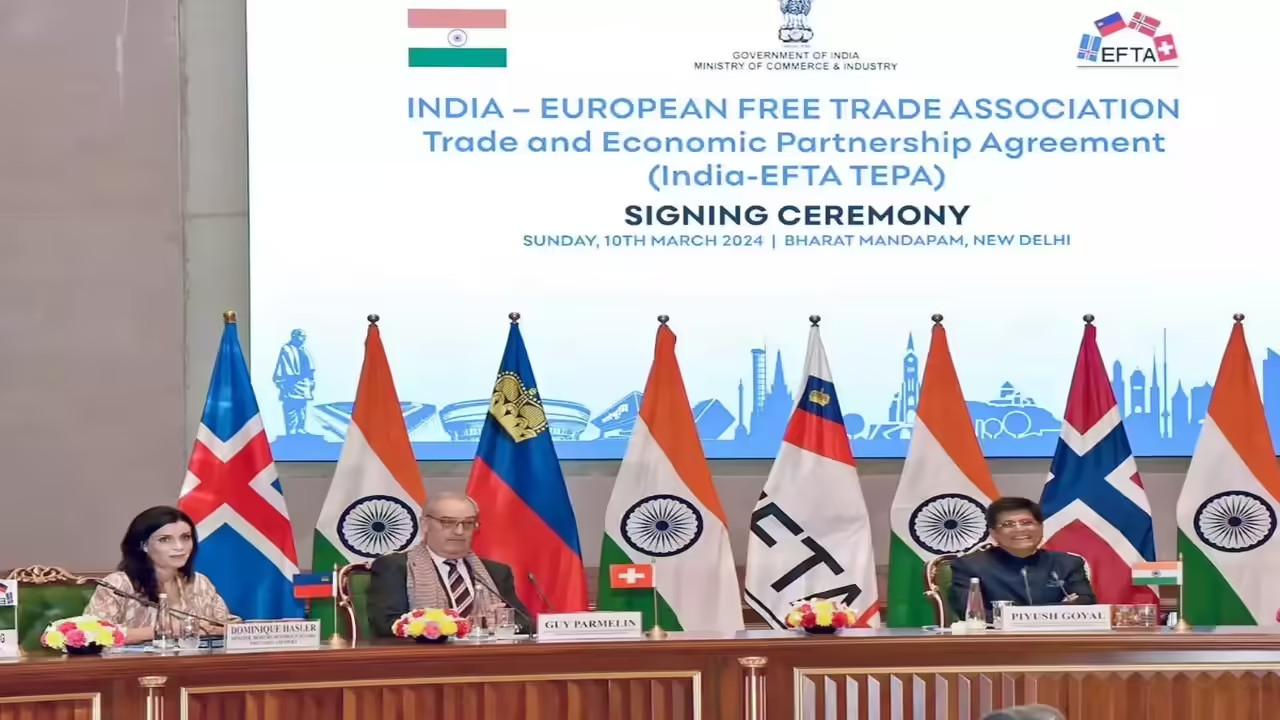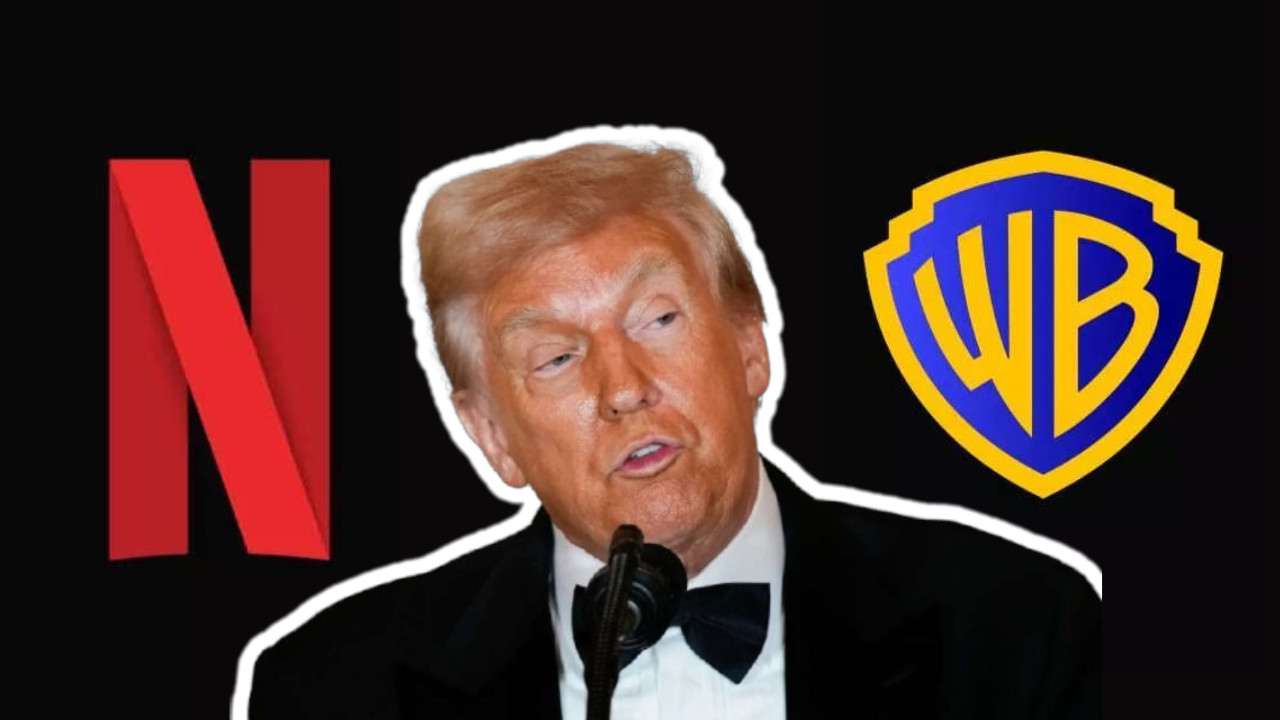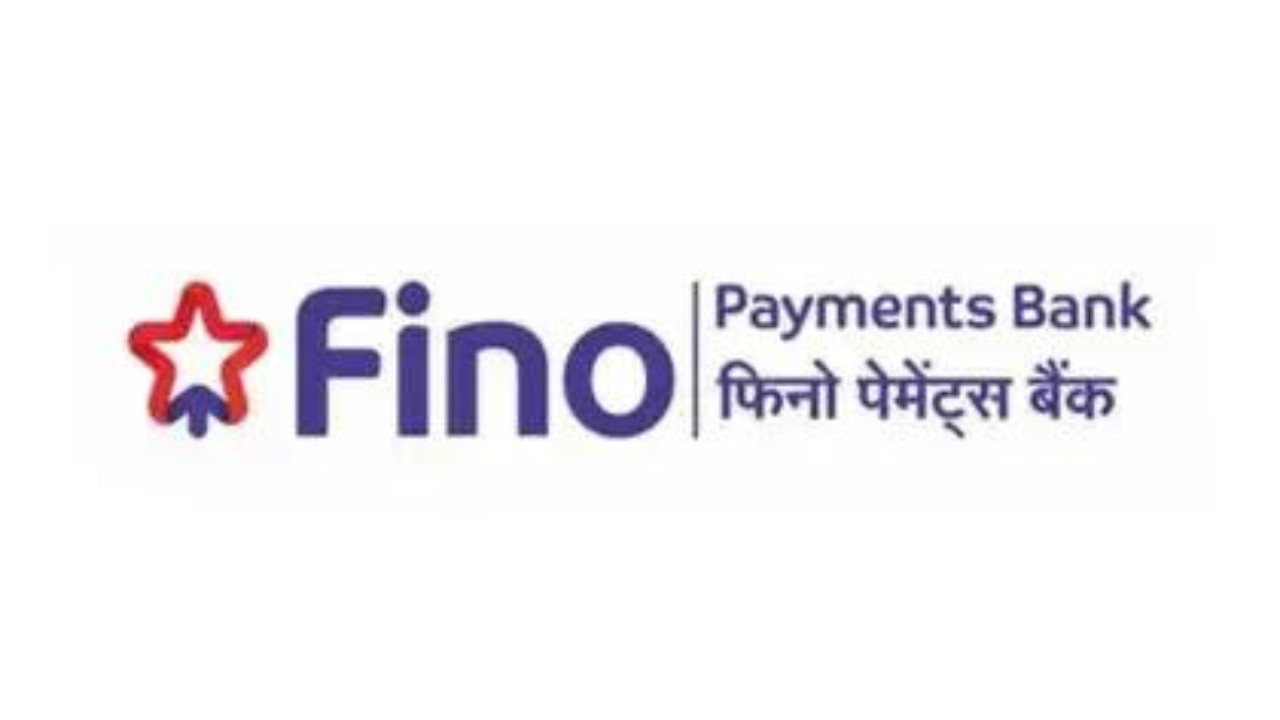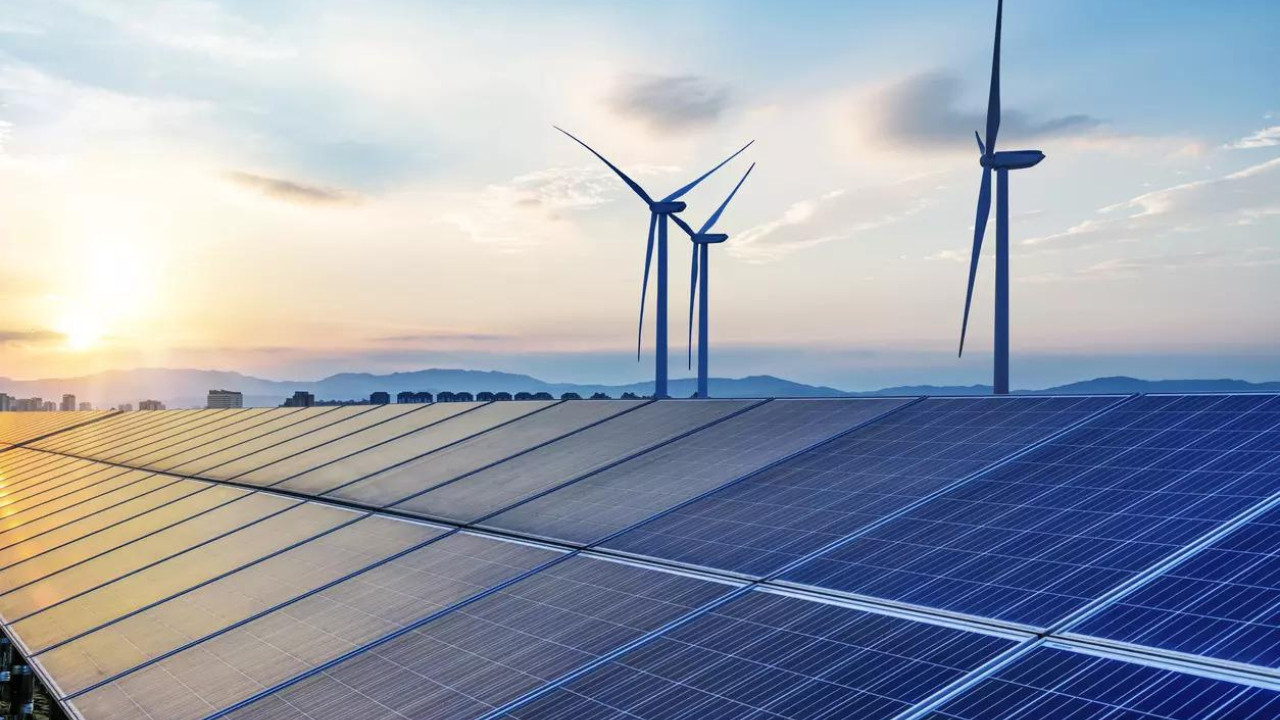Commerce and Industry Minister Piyush Goyal announced that the free trade agreement between India and the European Free Trade Association is expected to be implemented within the next few months. The agreement includes a commitment of $100 billion in investments for India over 15 years. Government is promoting high-quality manufacturing by issuing 156 quality control orders covering 672 products.
India and EFTA: A New Chapter in Trade and Investment
The ink is drying on a landmark trade agreement poised to reshape India’s economic landscape. Just a few months from now, the Trade and Economic Partnership Agreement (TEPA) between India and the European Free Trade Association (EFTA) is set to kick into high gear, promising a wave of investment, lower tariffs, and deeper collaboration. Think of it as a carefully constructed bridge, built to facilitate the seamless flow of goods, capital, and ideas between India and the four-member EFTA bloc – Switzerland, Norway, Iceland, and Liechtenstein.
The buzz surrounding this deal is palpable. Commerce and Industry Minister Piyush Goyal recently shared his optimism about the agreement’s imminent implementation, painting a picture of significant economic gains for India. But what exactly does this partnership entail, and why should businesses and consumers alike be paying attention?
A $100 Billion Investment Promise
At the heart of the India-EFTA agreement lies a monumental commitment: EFTA nations are pledging to invest $100 billion in India over the next 15 years. This isn’t just pocket change; it’s a substantial influx of capital that could fuel growth across diverse sectors, from manufacturing and infrastructure to technology and clean energy. Imagine the potential for new job creation, technological advancements, and overall economic stimulus. This investment has the potential to transform key areas of the Indian economy.

The agreement isn’t just about attracting foreign capital; it’s about fostering a conducive environment for sustainable and inclusive growth. This means prioritizing investments that align with India’s development goals, promoting environmental sustainability, and ensuring that the benefits of economic growth are shared widely across society.
Duty Cuts on Key Goods: A Boon for Consumers and Businesses
Beyond the investment pledge, the TEPA also paves the way for significant tariff reductions on a wide range of goods traded between India and EFTA countries. This is where the deal starts to directly impact businesses and consumers. Lower tariffs translate to reduced costs for imported goods, making them more accessible and affordable for Indian consumers. Conversely, it makes Indian exports more competitive in EFTA markets, creating new opportunities for Indian businesses to expand their reach and increase their sales.
Think of Swiss watches becoming slightly more affordable, or Indian textiles gaining a competitive edge in the Norwegian market. The cumulative effect of these tariff reductions could be substantial, boosting trade volumes and strengthening economic ties between the two regions.
Intellectual Property and Beyond: More Than Just Trade
The India-EFTA agreement extends beyond traditional trade matters. It encompasses provisions on intellectual property rights, ensuring that innovation is protected and incentivized. This is crucial for fostering a dynamic and knowledge-based economy, attracting investment in research and development, and encouraging the creation of new technologies.
Furthermore, the agreement includes commitments to promote sustainable development, protect the environment, and uphold labor standards. This reflects a growing recognition that trade agreements should not only drive economic growth but also contribute to broader societal goals.
Navigating the Opportunities: What’s Next?
With the India-EFTA trade deal set to take effect soon, the focus now shifts to implementation. Businesses need to understand the specific details of the agreement, identify the opportunities that it creates, and develop strategies to capitalize on them. Governments, too, have a critical role to play in ensuring that the agreement is implemented effectively, providing support to businesses, and addressing any challenges that may arise.
This deal represents a significant step forward in India’s efforts to integrate into the global economy and forge stronger partnerships with key trading partners. It’s a chance to create new jobs, stimulate economic growth, and improve the lives of millions of Indians. Businesses operating within India should be sure to research the nuances of the agreement to see how they might benefit. The potential for growth in key areas like technology could be significant. Learn more about how India’s tech sector is shaping its future.
The India-EFTA TEPA promises to be a catalyst for economic growth and enhanced cooperation. Its success will hinge on effective implementation and a proactive approach from both governments and businesses. The stage is set; now it’s time to seize the opportunities that this partnership unlocks.







